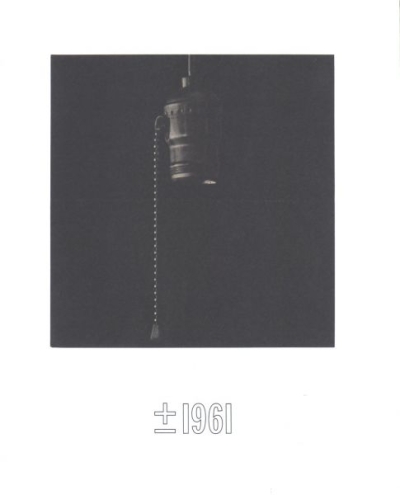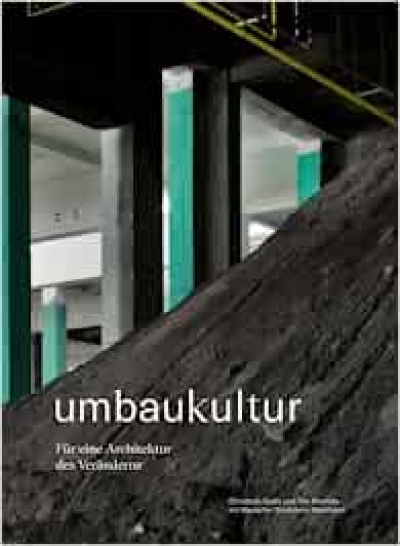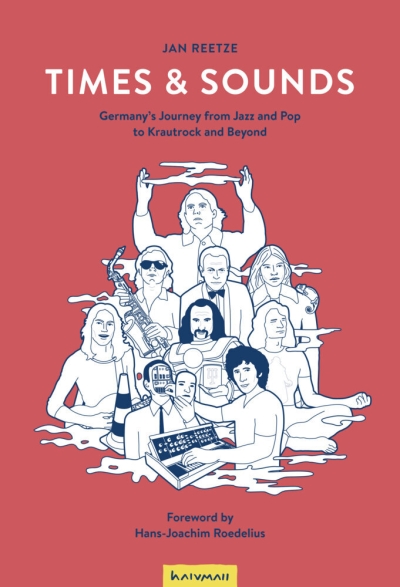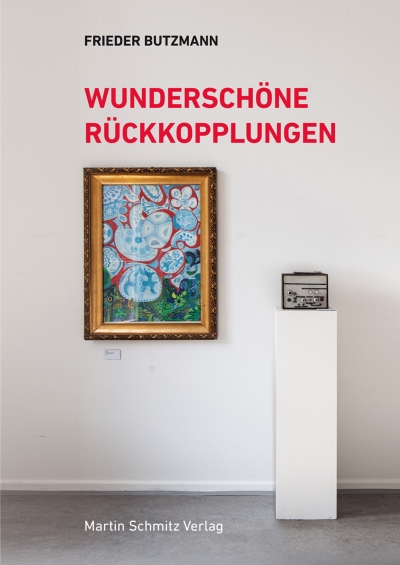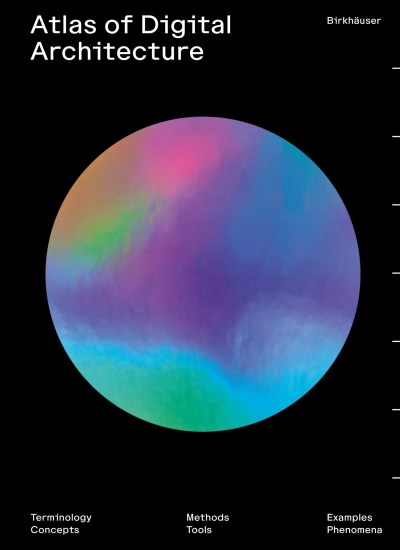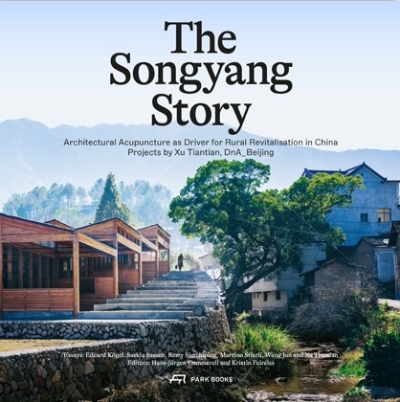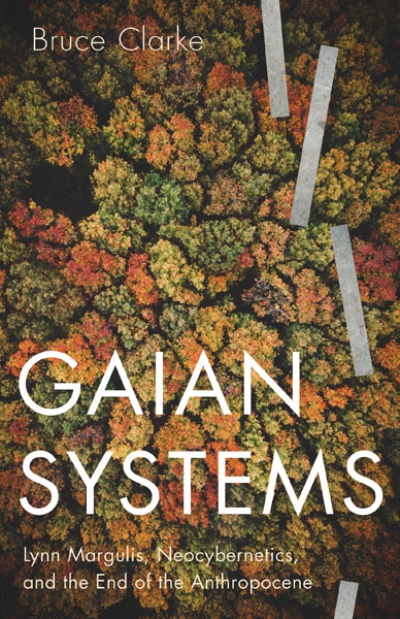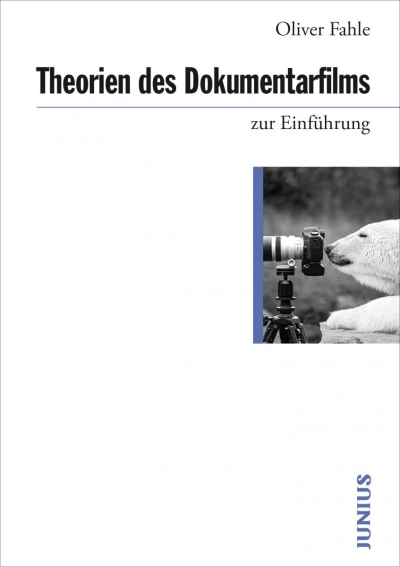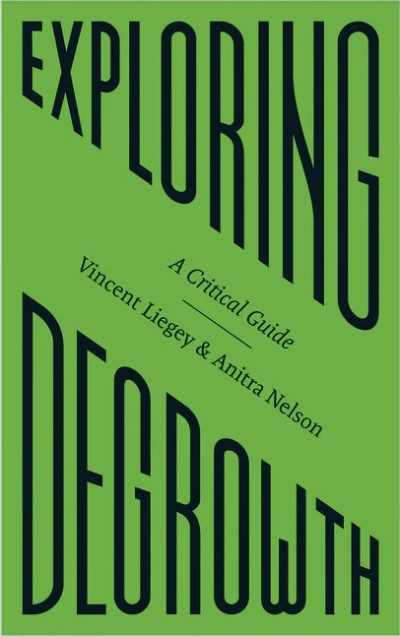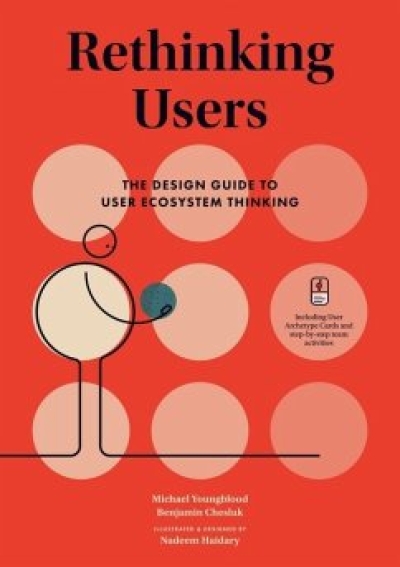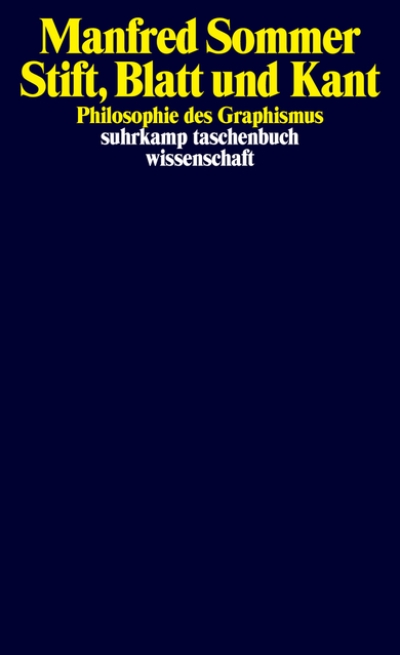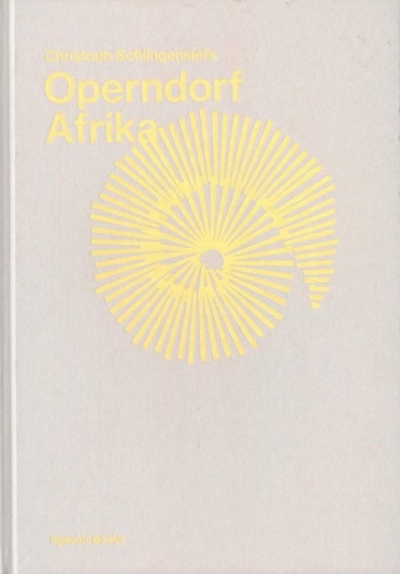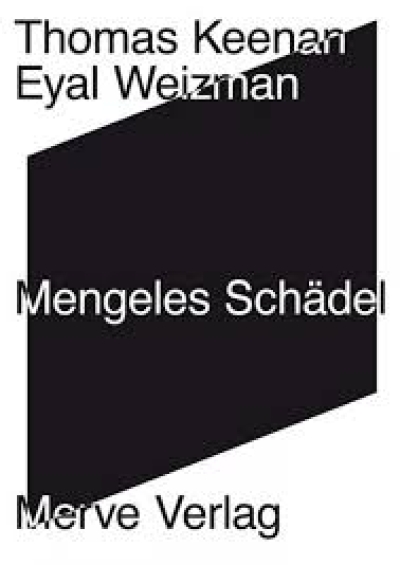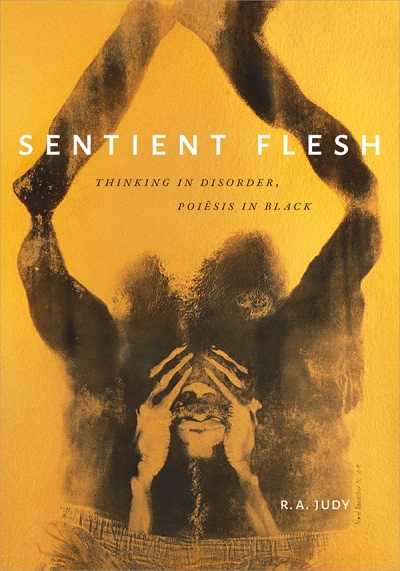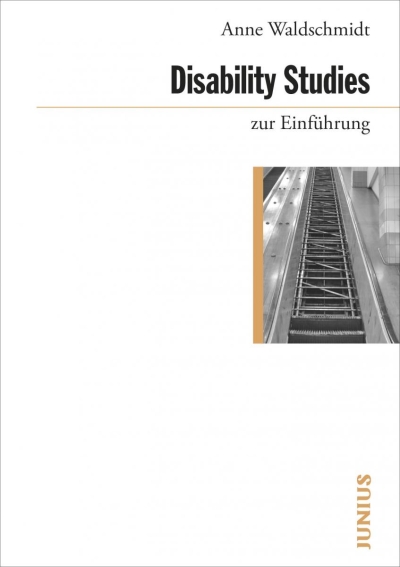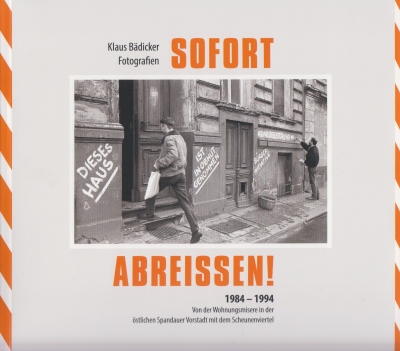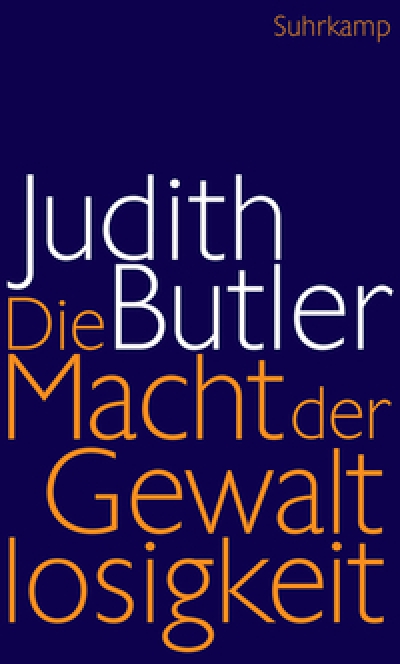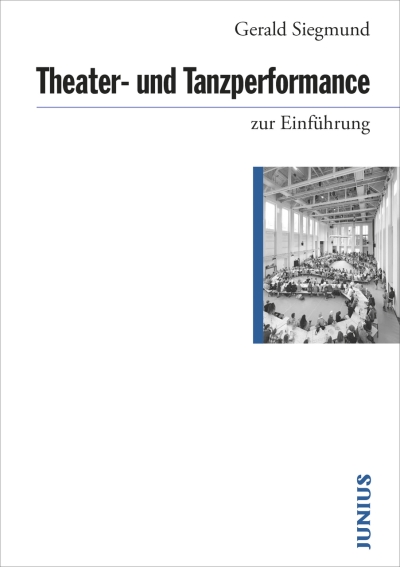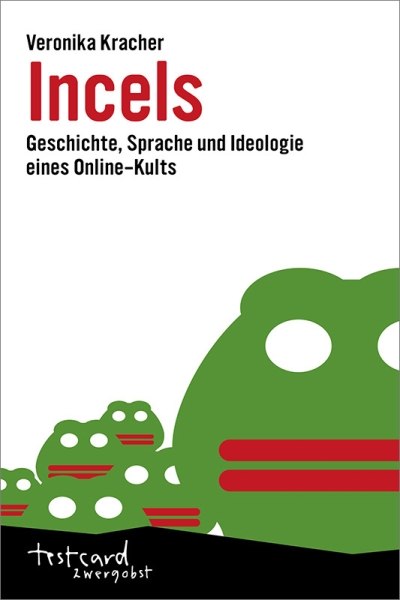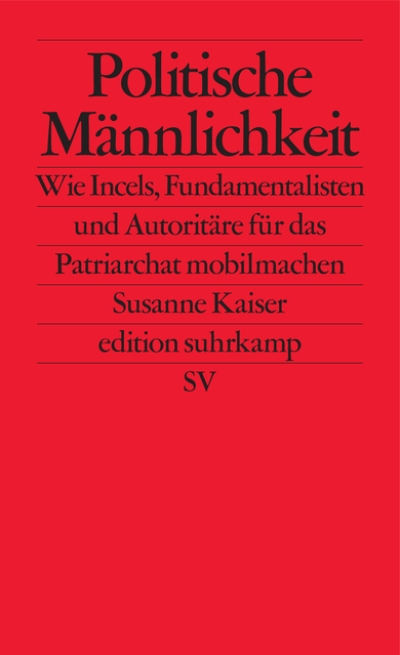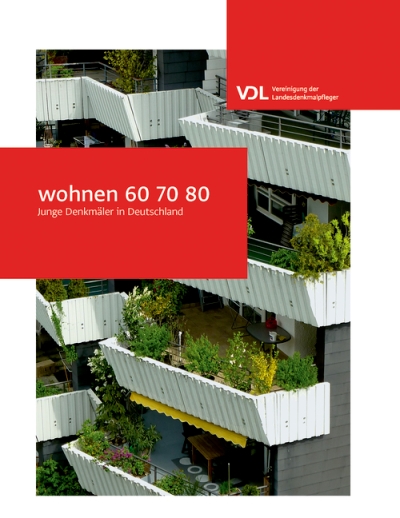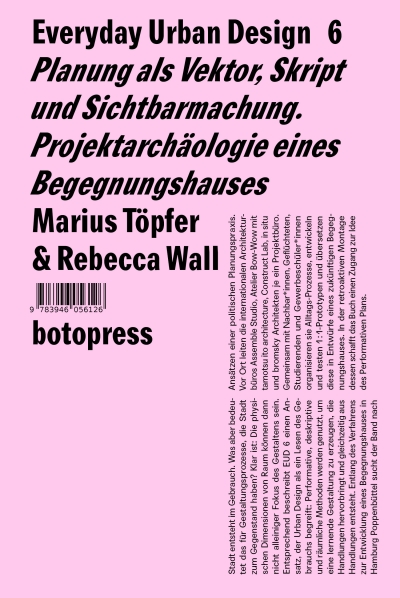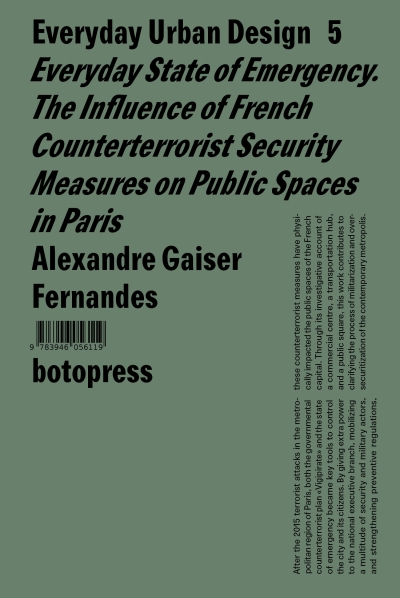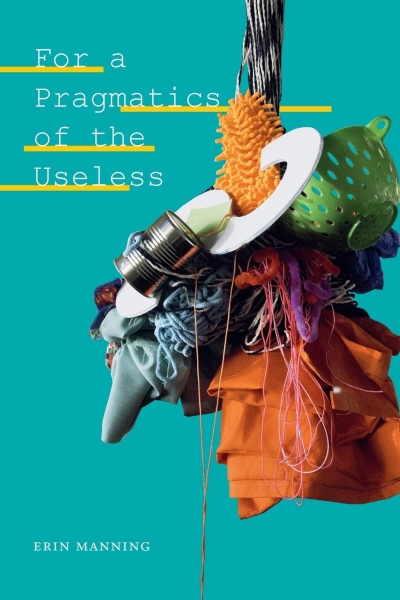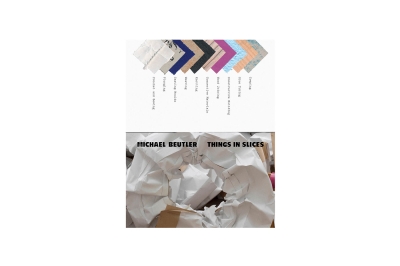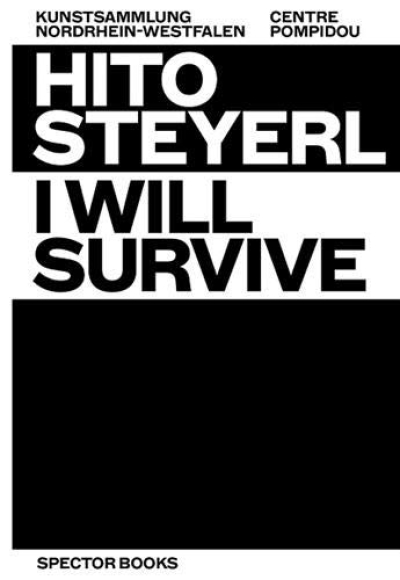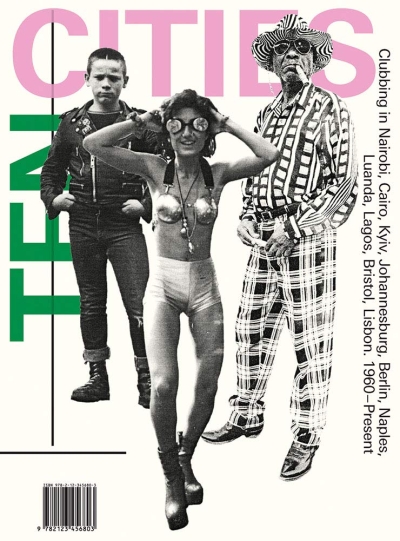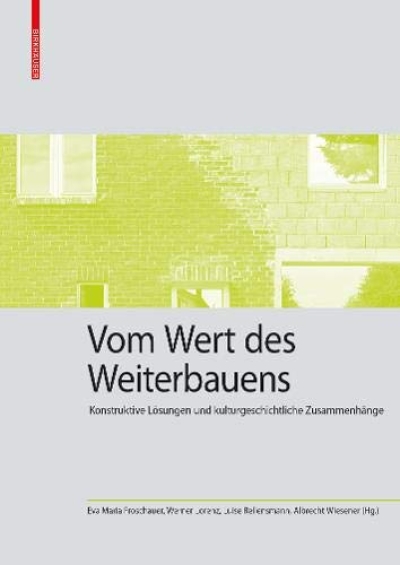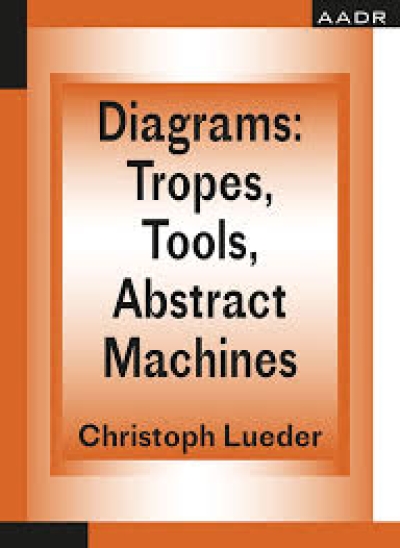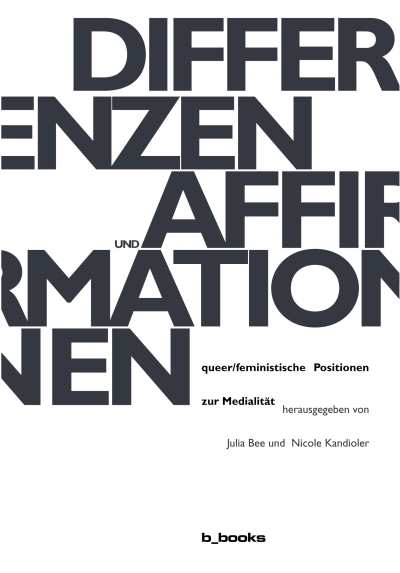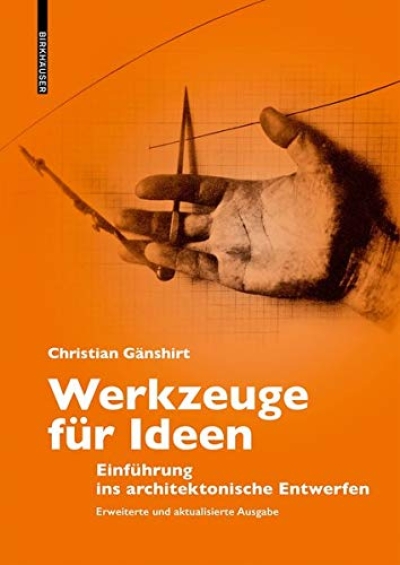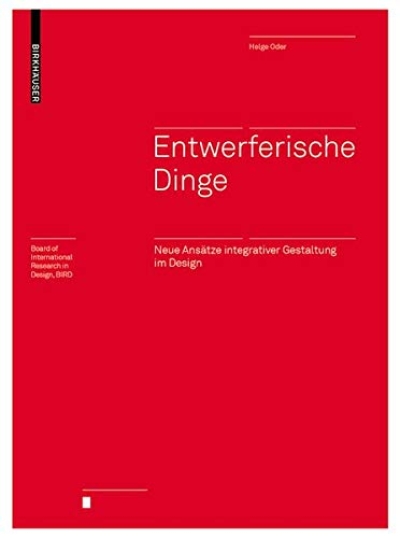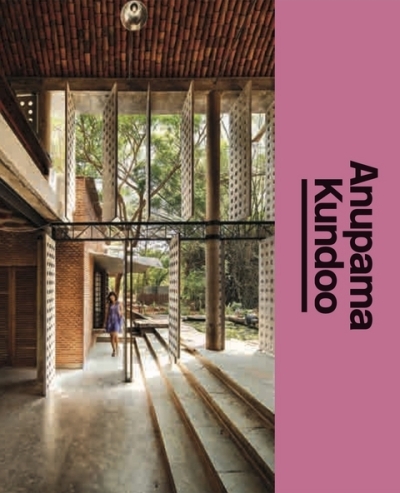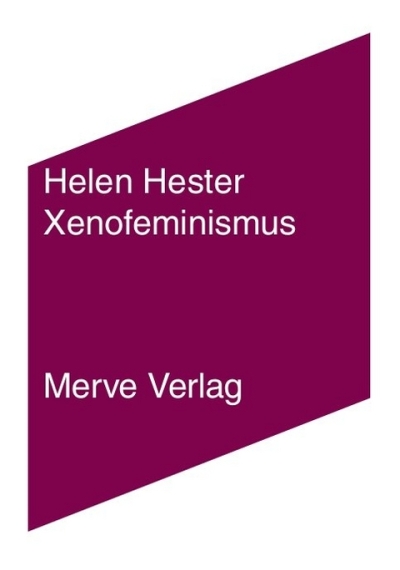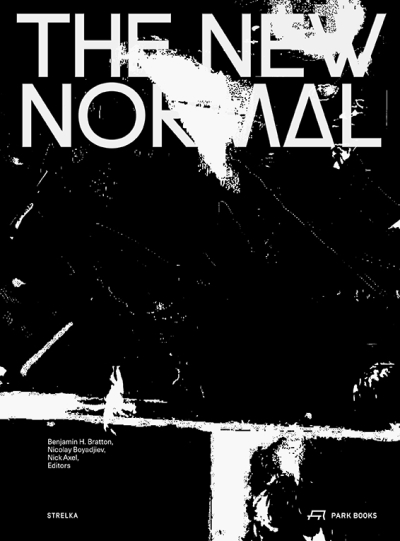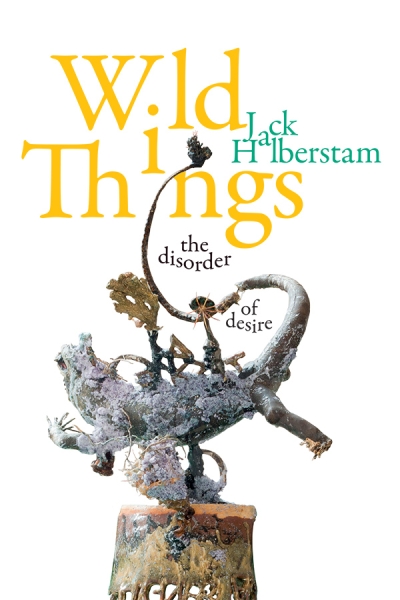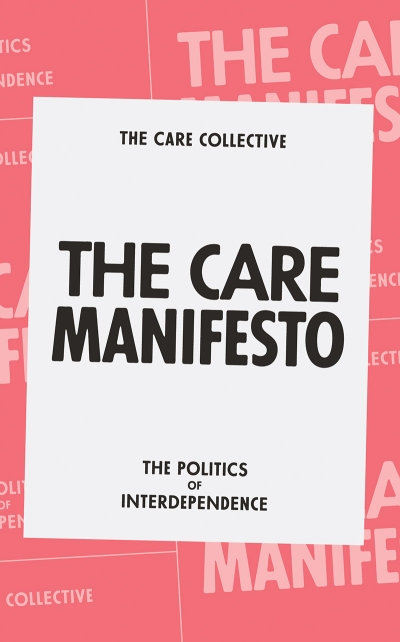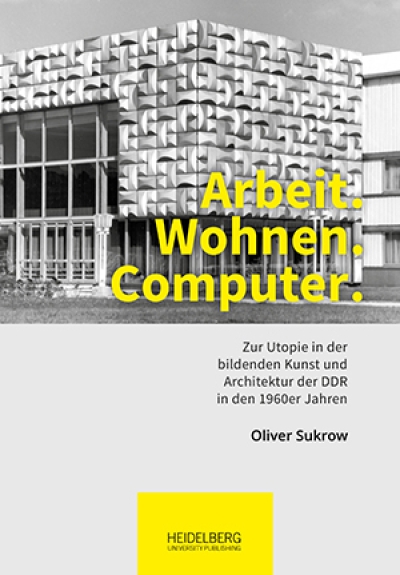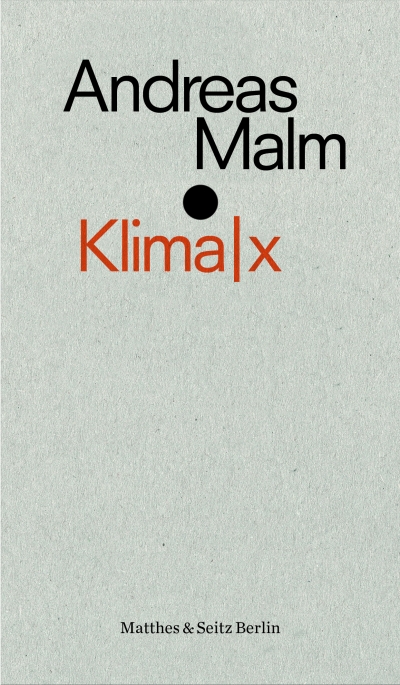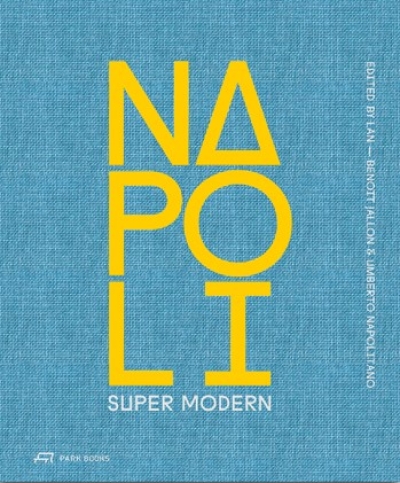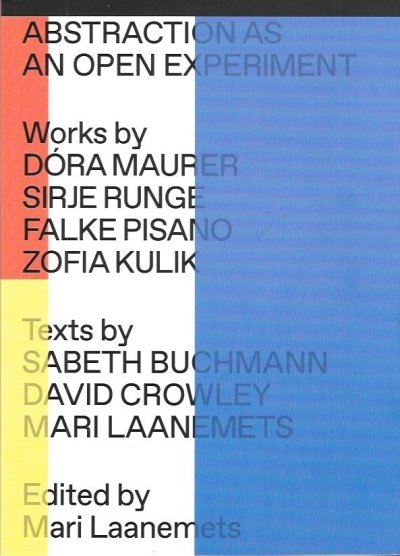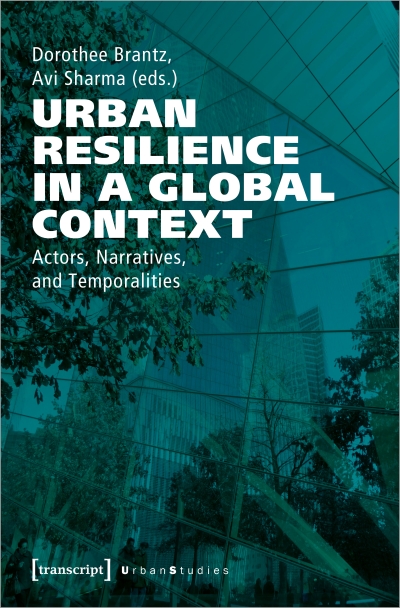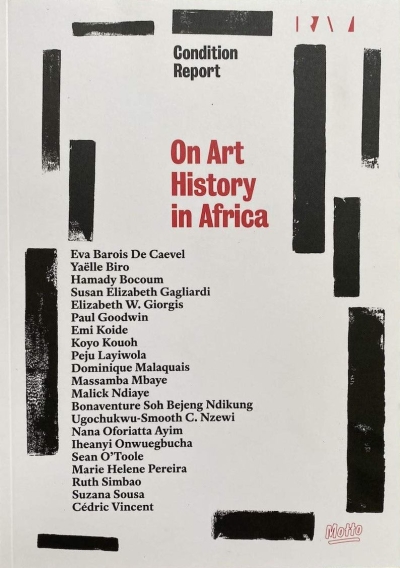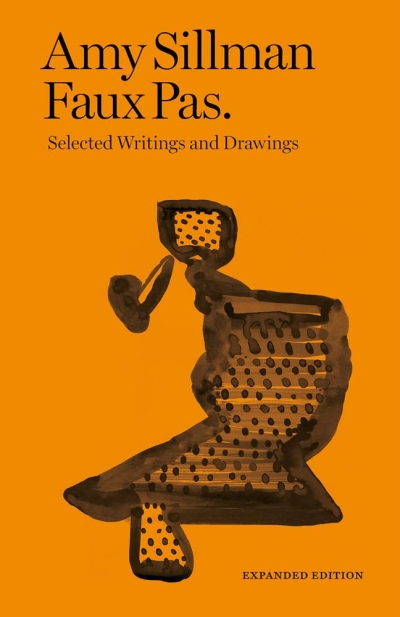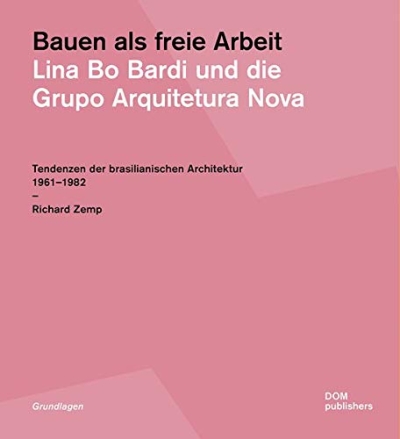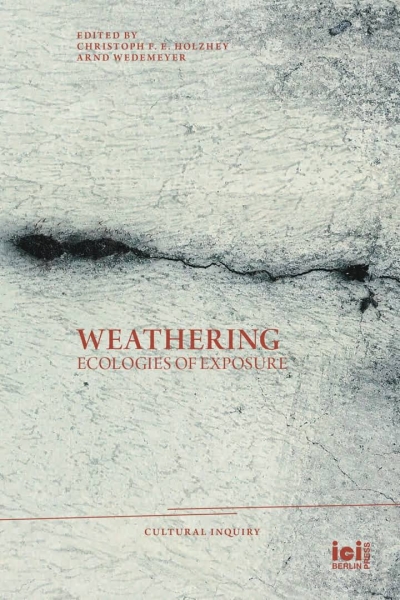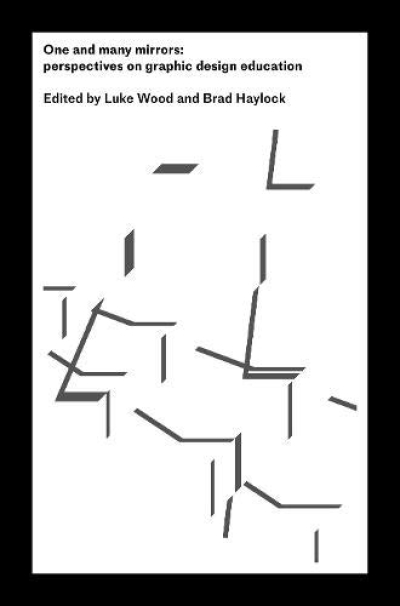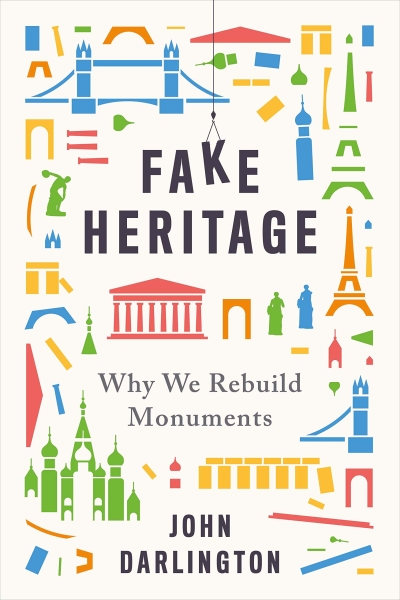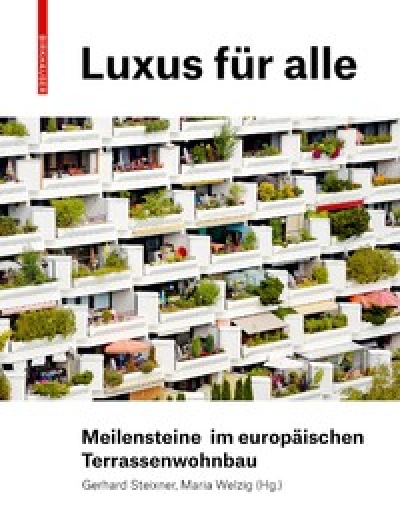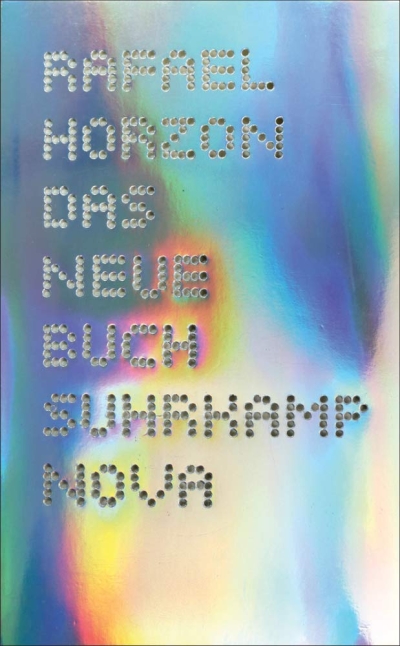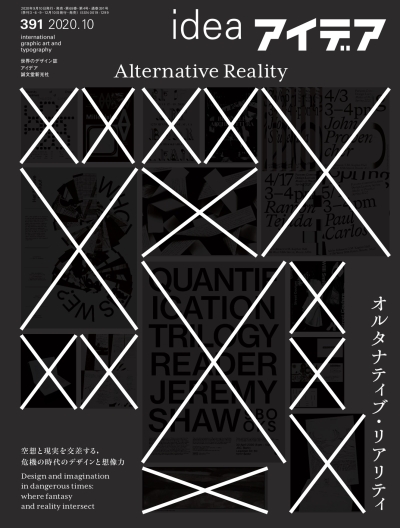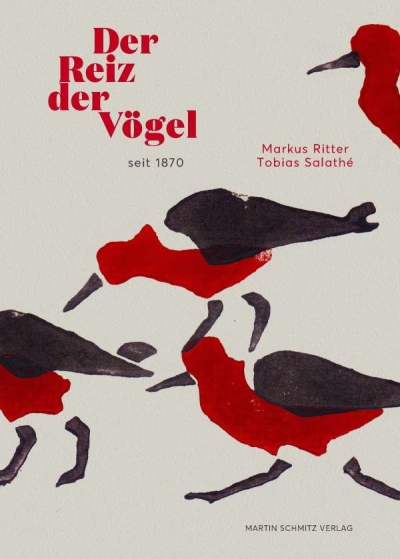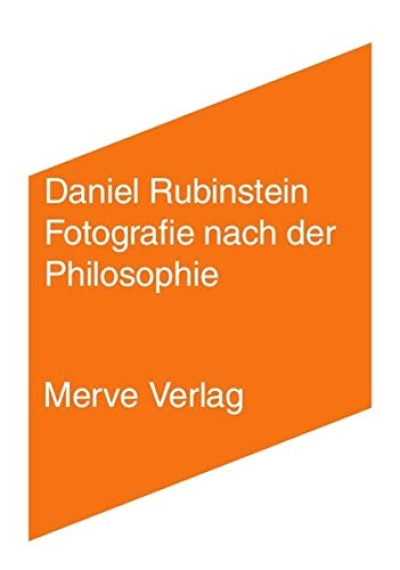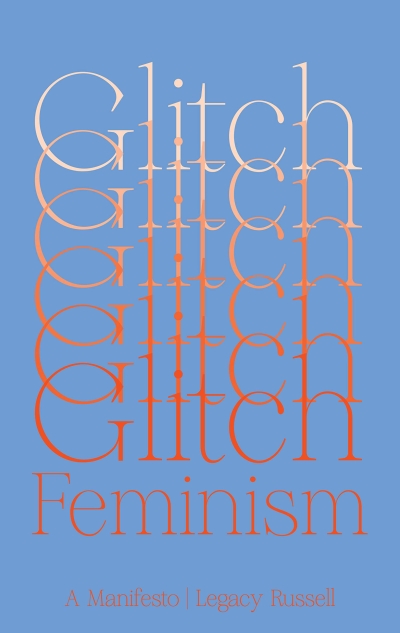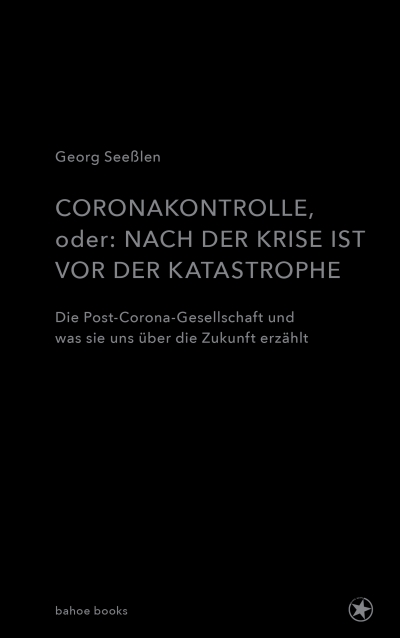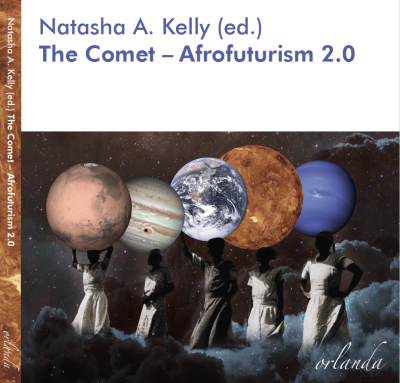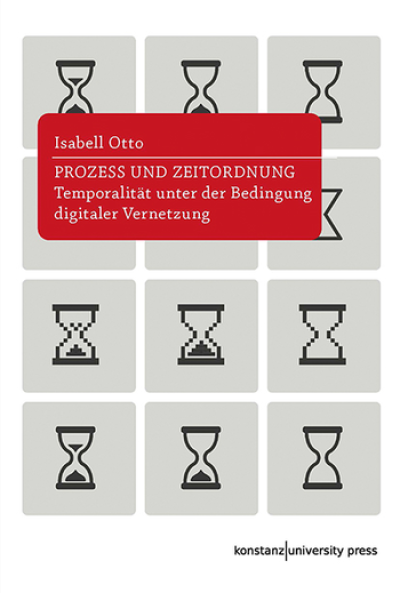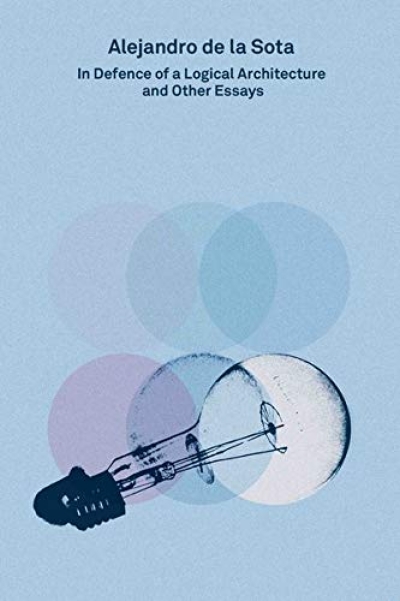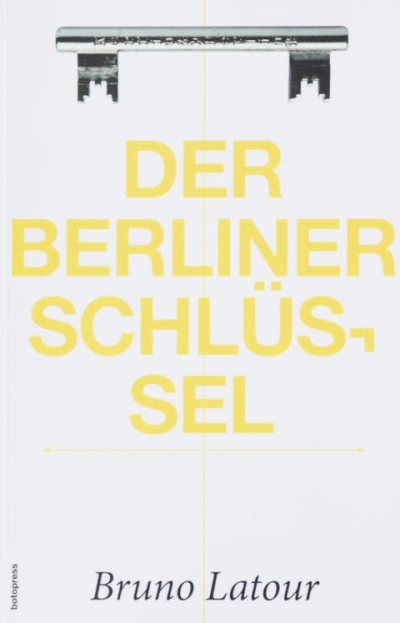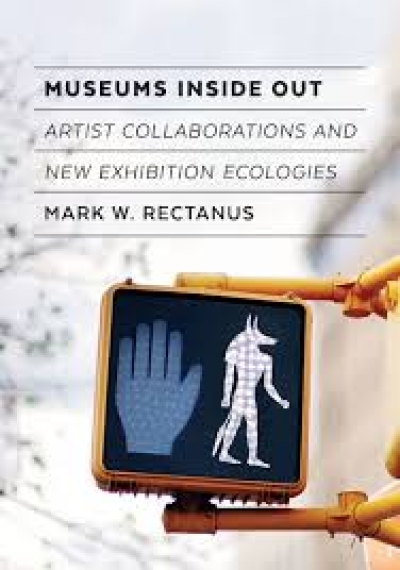Murray Shanahan
Die technologische Singularität
Nicolas Bourriaud
Exform
Philip Kurz (Hg.)
Meisterhaus Kandinsky Klee. Die Geschichte einer…
Beatrice von Bismarck, Benjamin Meyer-…
Curatorial Thing (Cultures of the Curatorial 4)
Louise Michel
Die Pariser Commune
Xiaowen Zhu
Oriental Silk
Sebastian Schipper, Lisa Vollmer (Hg.)
Wohnungsforschung. Ein Reader
Sally Stein, Ina Steiner (eds.)
Allan Sekula, Art Isn't Fair: Further Essays on the…
Tim Jordan
The Digital Economy
Juliane Rebentisch
Camp Materialism
Andrea Büttner
Shame
Amelie Von Wulffen
Collected Comics 2010-2020
Benjamin Fellmann, Bettina Steinbrügge…
Klassenverhältnisse. Phantoms of Perception
Itohan Osayimwese
Colonialism and Modern Architecture in Germany
Sharon Zukin
The Innovation Complex. Cities, Tech, and the New Economy
Sebastian Strombach
Verrückt. Der Comic zum Berliner Schloss
Hg von Erika Thümmel, FH JOANNEUM…
Die Sprache der Räume. Eine Geschichte der Szenografie
Stephan Trüby
Rechte Räume: Politische Essays und Gespräche (Bauwelt…
Malcolm James
Sonic Intimacy. Reggae Sound Systems, Jungle Pirate Radio…
AAPK – Suyoung Ko, Yeon Joo Oh, Soonam…
Architecture as Fabulated Reality
Anna Bokov
Avant-Garde as Method. Vkhutemas and the Pedagogy of Space…
Günter Karl Bose
Elementum. Über Typografie, Bücher und Buchstaben
Lorenzo Marsili
Planetary Politics. A Manifesto
Miriam Rasch (ed.)
Let’s Get Physical: A Sample of INC Longforms, 2015-2020
Cache
Gegen|Wissen. Cache 01
Angelika Fitz, Karoline Mayer,…
Boden für Alle
Baukultur NRW, Christoph Grafe, Tim…
Umbaukultur. Für eine Architektur des Veränderns
Silvia Benedito
Atmosphere Anatomies. On Design, Weather, and Sensation
Jan Reetze
Times & Sounds. Germany's Journey from Jazz and…
Frieder Butzmann
Wunderschöne Rückkopplungen
Ludger Hovestadt, Urs Hirschberg,…
Atlas of Digital Architecture.Terminology, Concepts,…
Kristin Feireiss, Hans-Jürgen Commerell…
The Songyang Story. Architectural Acupuncture as Driver for…
Zairong Xiang (Hg.)
minor cosmopolitan. Thinking Art, Politics, and the…
Bruce Clarke
Gaian System. Lynn Margulis, Neocybernetics, and the End of…
Oliver Fahle
Theorien des Dokumentarfilms zur Einführung
Vincent Liegey, Anitra Nelson
Exploring Degrowth. A Critical Guide
Michael Youngblood, Benjamin Chesluk
Rethinking Users. The Design Guide to User Ecosystem…
Manfred Sommer
Stift, Blatt und Kant. Philosophie des Graphismus
Aino Laberenz (Hg.)
Christoph Schlingensiefs Operndorf Afrika
Thomas Keenan, Eyal Weizman
Mengeles Schädel. Kurze Geschichte der forensischen Ästhetik
R. A. Judy
Sentient Flesh Thinking in Disorder, Poiesis in Black
Anne Waldschmidt
Disability Studies zur Einführung
Ulrich Pfisterer
Kunstgeschichte zur Einführung
Ernst Müller, Falko Schmieder
Begriffsgeschichte zur Einführung
Bädicker, Klaus
Sofort Abreissen! 1984 - 1994. Von der Wohnungsmisere in…
Butler, Judith
Die Macht der Gewaltlosigkeit - Über das Ethische im…
Gerald Siegmund
Theater- und Tanzperformance zur Einführung
Veronika Kracher
Incels. Geschichte, Sprache und Ideologie eines Online-Kults
Susanne Kaiser
Politische Männlichkeit. Wie Incels, Fundamentalisten und…
Vereinigung der Landesdenkmalpfleger (…
wohnen 60 70 80. Junge Denkmäler in Deutschland
Beckh, Ruiz-Funes, Ludwig et al. (Hg.)
Candela, Isler, Müther. Positions on Shell Construction
Marius Töpfer, Rebecca Wall
Everyday Urban Design 6. Planung als Vektor, Skript und…
Alexandre Gaiser Fernandes
Everyday Urban Design 5. Everyday State of Emergency. The…
Erin Manning
For a Pragmatics of the Useless (Thought in the Act)
Christine Hannemann, Karin Hauser (Hg.)
Zusammenhalt braucht Räume. Wohnen integriert
Studio Michael Beutler (ed.)
Michael Beutler. Things in Slices
Florian Ebner, Susanne Gaensheimer,…
Hito Steyerl. I will Survive
Johannes Hossfeld Etyang, Joyce Nyairo…
Ten Cities. Clubbing in Nairobi, Cairo, Kyiv, Johannesburg…
Eva Maria Froschauer, Werner Lorenz,…
Vom Wert des Weiterbauens. Konstruktive Lösungen und…
Christoph Lueder
Diagrams: Tropes, Tools, Abstract Machines
Julia Bee, Nicole Kandioler (Hg)
Differenzen und Affirmationen. queer/feministische…
Christian Gänshirt
Werkzeuge für Ideen. Einführung ins architektonische…
Helge Oder
Entwerferische Dinge: Neue Ansätze integrativer Gestaltung…
Mette Marie Kallehauge, Lærke Rydal…
Anupama Kundoo (The Architect’s Studio)
Helen Hester
Xenofeminismus
Benjamin H. Bratton, Nicolay Boyadjiev…
The New Normal
Jack Halberstam
Wild Things. The Disorder of Desire
The Care Collective
Care Manifesto. The Politics of Interdependence
Oliver Sukrow
Arbeit. Wohnen. Computer. Zur Utopie in der bildenden Kunst…
Andreas Malm
Klima|x
LAN – Benoit Jallon, Umberto Napolitano…
Napoli Super Modern
Sabel Gavaldon, Manuel Segade (Eds.)
Elements of Vogue. A Case Study in Radical Performance
Mari Laanemets (Ed.)
Abstraction as an Open Experiment
Dorothee Brantz, Avi Sharma (Eds.)
Urban Resilience in a Global Context. Actors, Narratives,…
Eva Barois De Caevel, Koyo Kouoh, Mika…
On Art History in Africa. Condition Report
Amy Sillman
Faux Pas. Selected Writings and Drawings (Expanded Edition)
Richard Zemp
Bauen als freie Arbeit. Lina Bo Bardi und die Grupo…
Christoph F. E. Holzhey, Arnd Wedemeyer
Weathering. Ecologies of Exposure
Luke Wood, Brad Haylock
One and many mirrors: perspectives on graphic design…
John Darlington
Fake Heritage. Why We Rebuild Monuments
Gerhard Steixner, Maria Welzig (Hg)
Luxus für alle. Meilensteine im europäischen…
Rafael Horzon
Das Neue Buch
Sebastian Schels, Olaf Unverzart
ÉTÉ
IDEA Magazine
IDEA 391. Alternative Reality Design and imagination in…
Markus Ritter
Der Reiz der Vögel seit 1870
Daniel Rubinstein
Fotografie nach der Philosophie. Repräsentationsdämmerung
Legacy Russell
Glitch Feminism. A Manifesto
Georg Seeßlen
Coronakontrolle, oder: Nach der Krise ist vor der…
Sasha Geffen
Glitter Up the Dark. How Pop Music Broke the Binary
Natasha A. Kelly
The Comet - Afrofuturism 2.0
Iris Därmann
Undienlichkeit. Gewaltgeschichte und politische Philosophie
Ludger Schwarte
Denken in Farbe. Zur Epistemologie des Malens
Isabell Otto
Prozess und Zeitordnung. Temporalität unter der Bedingung…
Alejandro de la Sota
In Defence of a Logical Architecture and Other Essays. 2G…
Bruno Latour
Der Berliner Schlüssel
Mark W. Rectanus
Museums Inside Out. Artist Collaborations and New…
William O. Gardner
The Metabolist Imagination. Visions of the City in Postwar…
McKenzie Wark
Sensoria. Thinkers for the Twenty-first Century
